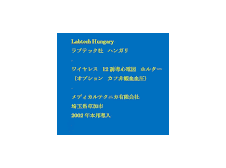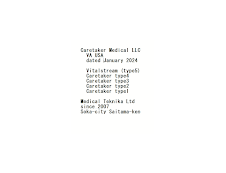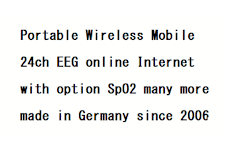2014年5月27日火曜日
Diabetes Mellitus Insulin Glucose Infusion
Intensified insulin-based glycaemic control after myocardial infarction: mortality during 20 year follow-up of the randomised Diabetes Mellitus Insulin Glucose Infusion in Acute Myocardial Infarction (DIGAMI 1) trial.
Journal
The lancet. Diabetes & endocrinology. 2014 May 12; pii: S2213-8587(14)70088-9.
Author
Viveca Ritsinger, Klas Malmberg, Anton Mårtensson, Lars Rydén, Hans Wedel, Anna Norhammar
Affiliation
Abstract
BACKGROUND : The benefits of intensified glycaemic control after acute myocardial infarction are uncertain. We report the 20 year follow-up results of the first Diabetes Mellitus Insulin Glucose Infusion in Acute Myocardial Infarction (DIGAMI 1) trial.
METHODS : DIGAMI 1 was a prospective, randomised, open-label trial with blinded endpoint evaluation (PROBE) done at coronary care units in 19 Swedish hospitals between Jan 1, 1990 and Dec 31, 1993. Patients with and without previously diagnosed diabetes and with blood glucose concentrations of more than 11 mmol/L who had had a suspected acute myocardial infarction in the previous 24 h were randomly assigned (1:1), with sealed envelopes, to intensified insulin-based glycaemic control for at least 3 months, or to a control group prescribed conventional glucose-lowering treatment. Masking was not considered feasible or safe on the basis of insulin use. The primary endpoint was mortality, in both the original study and the present follow-up analysis. Analysis was by intention to treat.
FINDINGS : 620 patients were randomised to intensified insulin-based glycaemic control (n=306) or the control group (n=314). During a mean follow-up period of 7•3 years (SD 6•6; range 0•0-21•8) years, 271 patients (89%) died in the intensified glycaemic control group and 285 (91%) patients died in the standard glycaemic control group. Median survival time was 7•0 years (IQR 1•8-12•4) in patients in the intensified glycaemic control group and 4•7 (1•0-11•4) in those in the standard group (hazard ratio 0•83, 95% CI 0•70-0•98; p=0•027). The effect of intensified glycaemic control was apparent during 8 years after randomisation, increasing survival by 2•3 years.
INTERPRETATION : Intensified insulin-based glycaemic control after acute myocardial infarction in patients with diabetes and hyperglycaemia at admission had a long-lasting effect on longevity. Although the effect of glucose lowering might be less apparent with presently available, more effective lipid-lowering and blood-pressure-lowering drugs, improved glycaemic control might still be important for longevity after acute myocardial infarction.
























